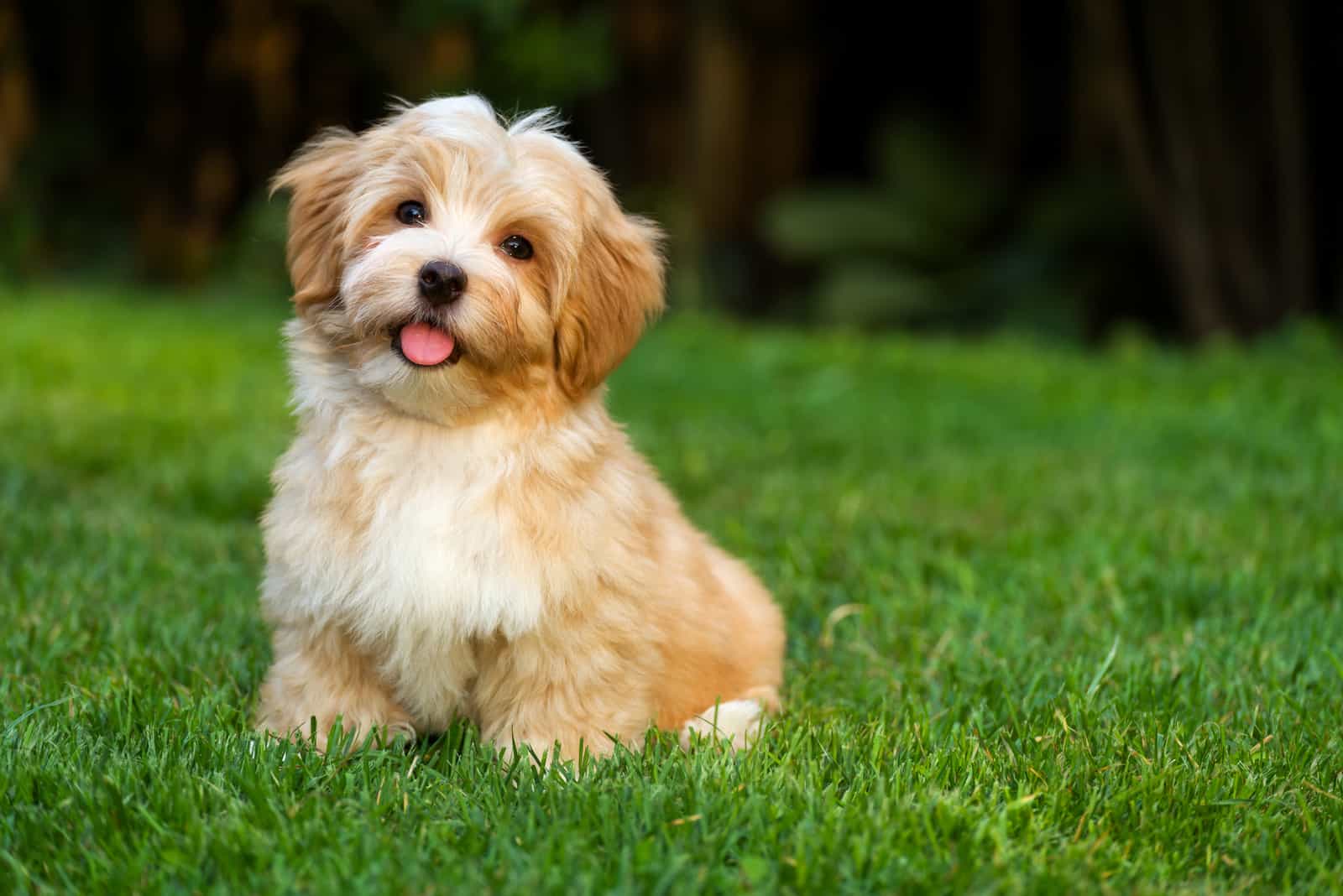The Havanese is a bichon-type dog breed, originating from Havana, Cuba. This companion dog is likely to be affectionate, loyal, and have a variety of colors, ranging from pure white to pure black, with many other colors in between too.
Havanese colors can change while they’re growing up, so it can be hard to tell what coat color the Havanese dog will be when they reach adulthood.
The Havanese dog breed ranks 24th out of 197 dog breeds that are recognized by the American Kennel Club, and this dog is very popular all over the world.
Havanese usually live around 13 to 16 years, that being said, most Havanese dogs live to around 14.5 years.
Even though people assume the Havanese is a white dog, this dog breed actually comes in many different colors. Whichever colored Havanese you choose to get, I can assure you that you will have a best friend that will make your days much better and happier.
Standard Havanese Coat Colors
Havanese colors that are recognized by the official breed club and the AKC are: white, sable, silver, black, fawn, gold, cream, red, chocolate, brindle, and blue. We will discuss each one in depth next.
Let’s check them out!
1. White Havanese
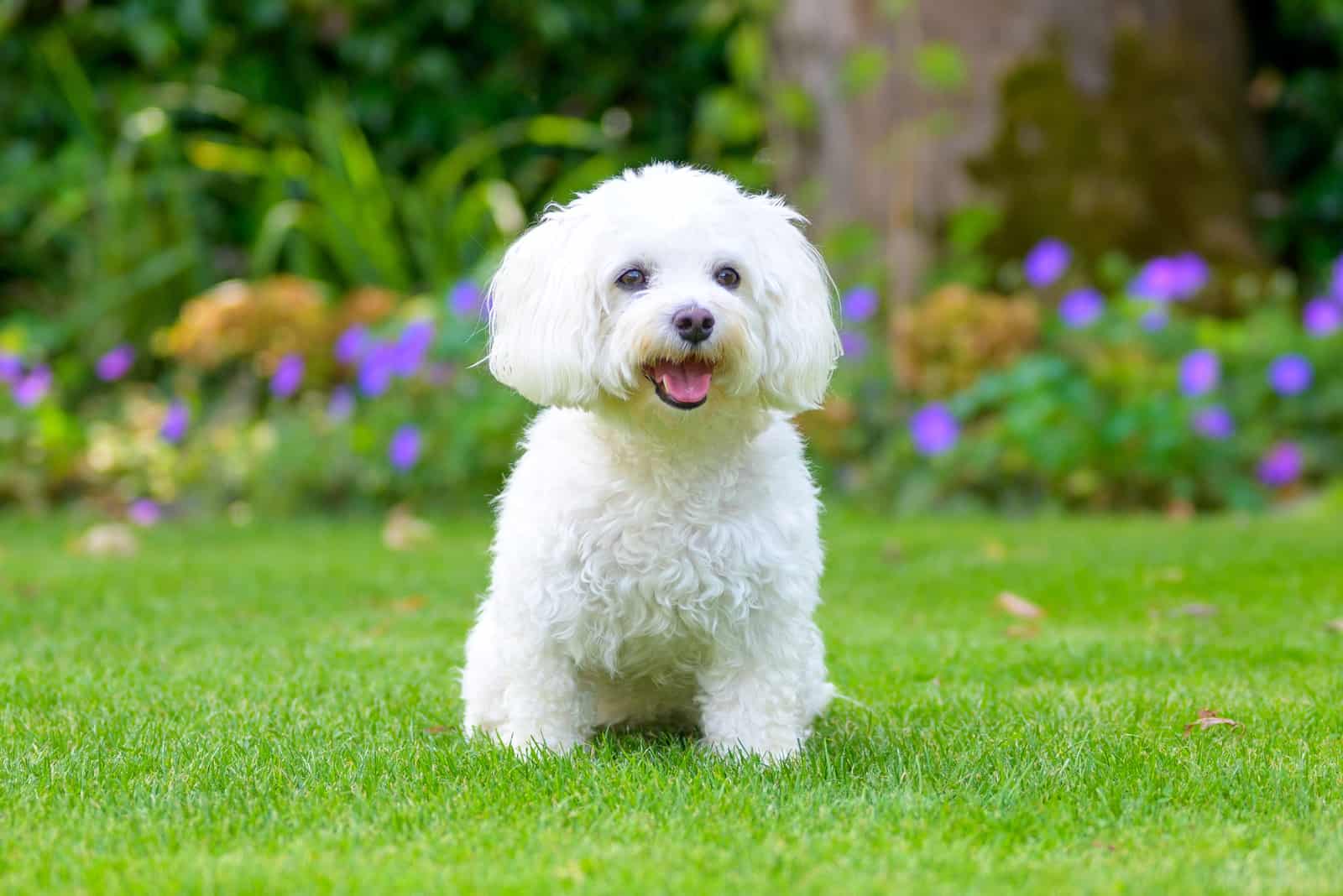
A White Havanese will be considered standard if they are completely white. The white Havanese dog is the most popular and common form of Havanese dog breed, as they were first bred for aristocracy in Cuba and other parts of the world.
However, the White Havanese can have small patches of different shades of white, tan, or even red – mostly on the paws or muzzle.
Other colored Havanese dogs can have shades of white fur.
2. Sable Havanese
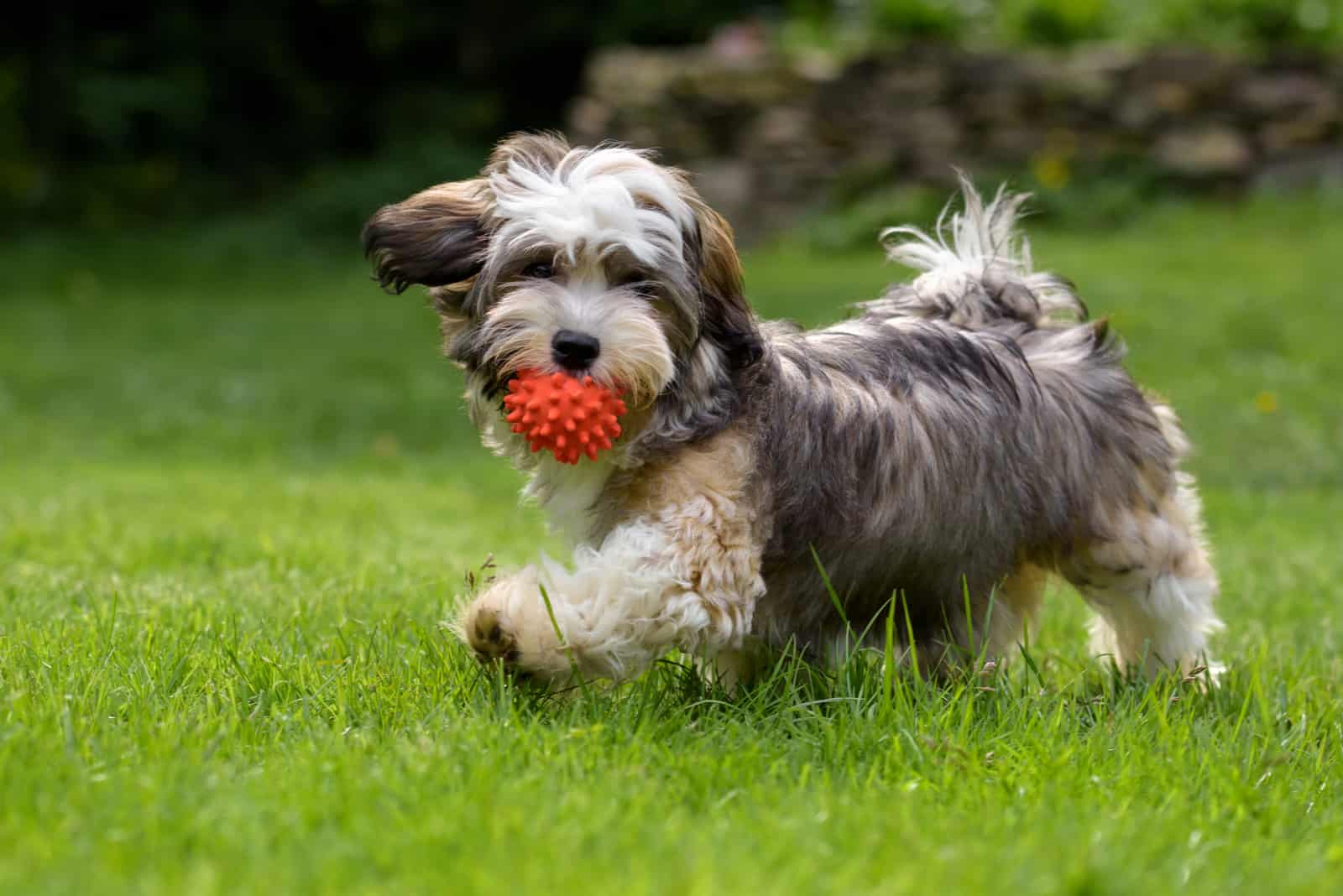
With a Sable Havanese, we have a rollercoaster of colors, as the Sable Havanese can be gold sable, red sable, fawn sable, chocolate sable, or silver sable. The sable is mostly paired with white.
When a Sable Havanese is a puppy, he can have dark patches, but as he grows up, those patches slowly fade and are not so noticeable.
The Sable Havanese is the type of Havanese that has the most color changes of all the variants because an adult Sable Havanese is totally different to a sable Havanese puppy.
The dark patches appear on the lighter part of the dog’s fur. Those points can be from tan and gold to white.
The sable points are not always all over the coat, in some cases, sable markings may appear on only certain parts of the Havanese coat. When you trim a Sable Havanese, the dark ends are usually cut off and therefore, not visible.
3. Silver Havanese
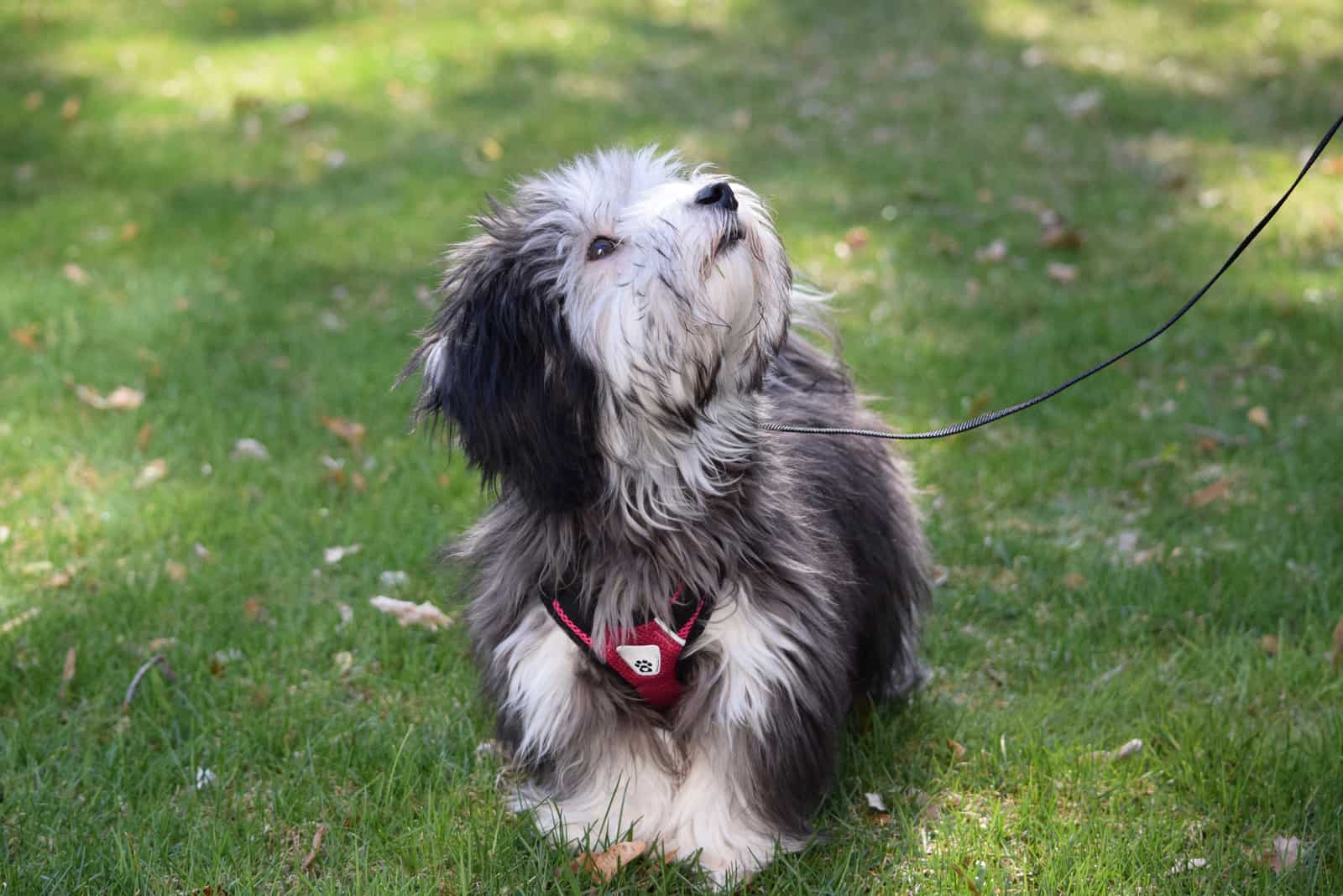
Silver Havanese puppies are born black. Once they reach adulthood, their coat can range from a dark smoky color to a soft gray color, meaning that their dark hair lightens over time, usually from about 4 to 6 weeks of age.
However, some parts of the coat may stay dark. The silver Havanese can also have white patches, and it’s usually paired with brindle, black, or sable.
4. Black Havanese
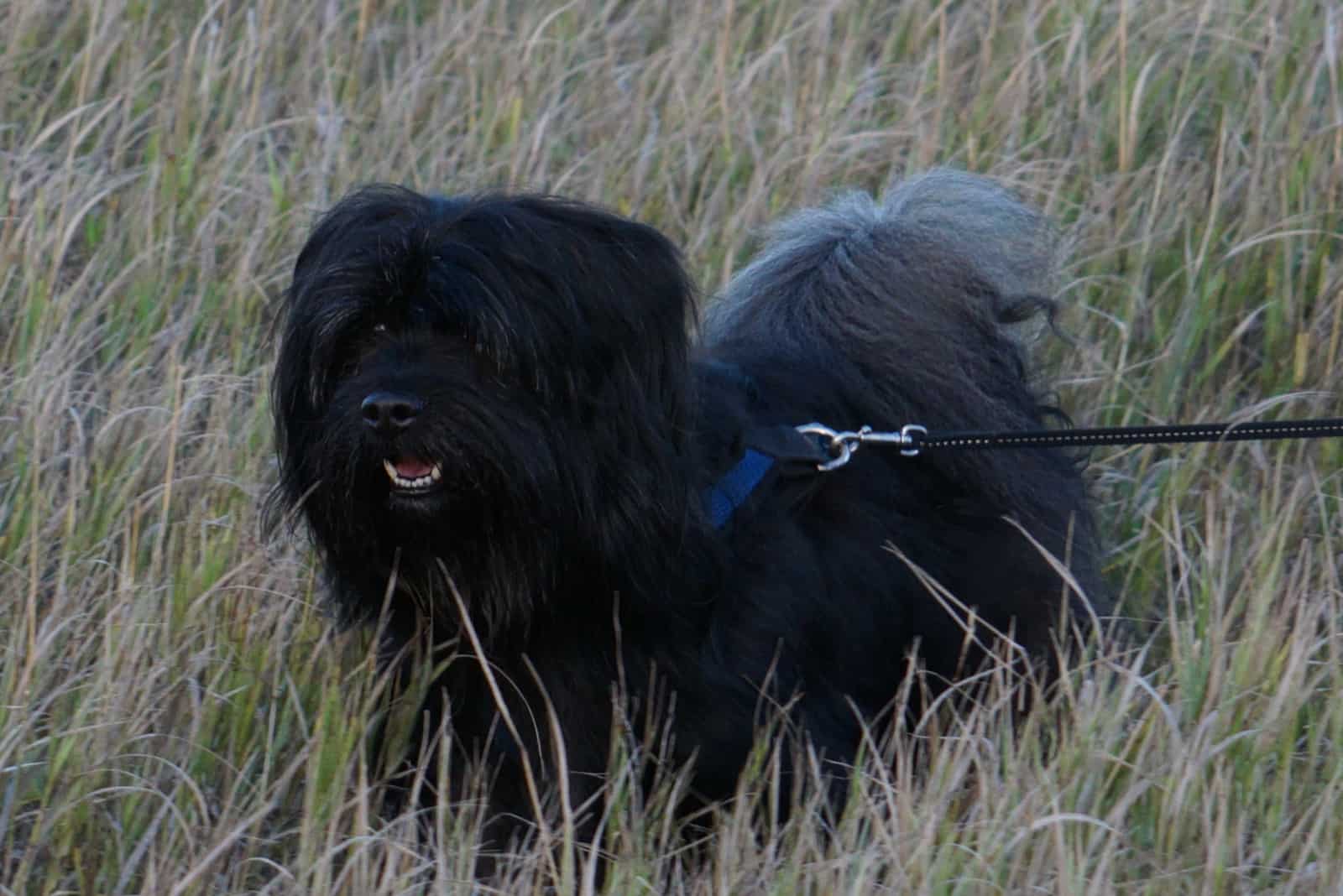
A Black Havanese is obviously colored black. This color gives him a glossy, silky shine. If there is brown or red on the black coat, the Havanese won’t be considered pure black.
The Black Havanese is one of the most common and popular Havanese colors. The black coat does not change over time. Some Havanese dogs have black coats with white, silver, or brown on their chest, cheeks, nose, and eyebrows.
Dogs that are bicolored with black are often silver, brindle, white, and tan.
If you don’t want to be surprised by the color of your Havanese, maybe the black Havanese is the option for you.
5. Fawn Havanese
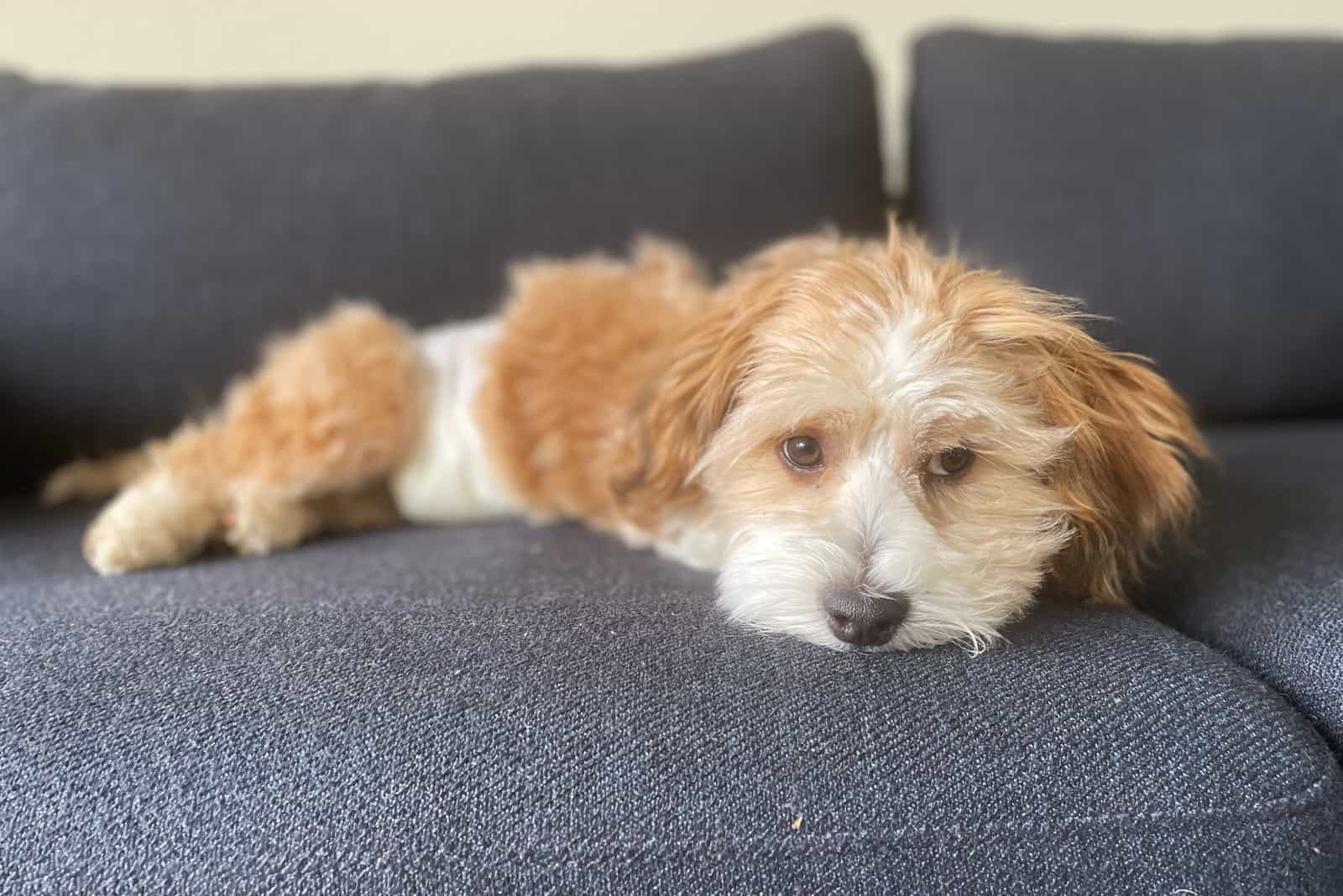
Many dog breeds that are fawn usually look like they’re diluted and pale. However, the fawn Havanese color is often intense and solid. It appears in dark blonde to light brown.
They can have markings of dark brown and white on their coats too. The lighter part of their fur is often on their chest and stomach, while the darker hair is on their ears, head, and back.
However, there is also a fawn sable and a fawn brindle Havanese.
All in all, this color variant looks wonderful alongside their long, wavy coat.
RELATED: Havanese Haircuts: A Guide To 7 Interesting Haircut Styles
6. Gold Havanese
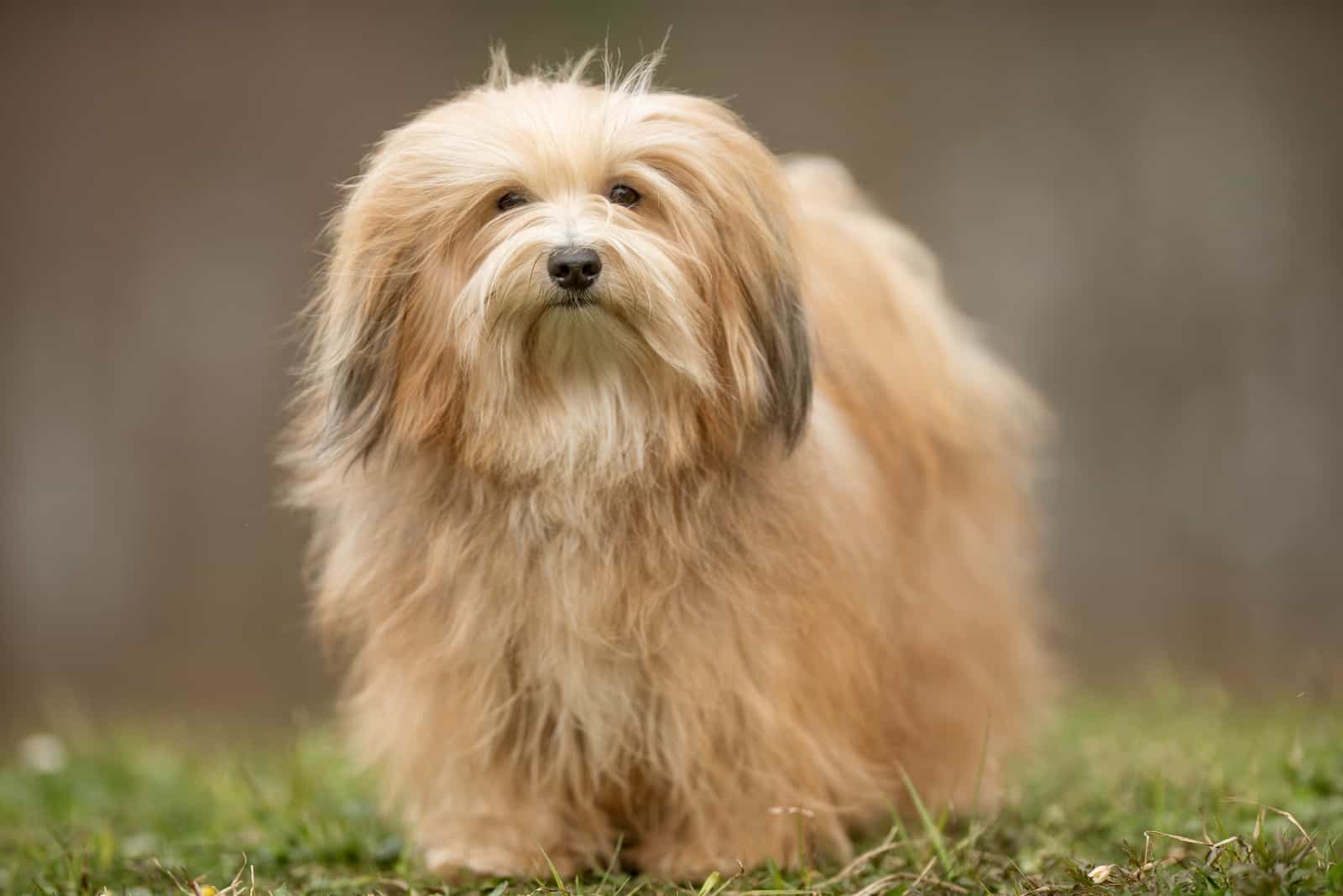
A Gold Havanese often resembles the fawn or tan Havanese variants, but this dog is a bit different. The Gold Havanese ranges from an apricot to a sandy brown color. The body is more golden and lighter than the head, neck, back, and ears, which are a dark shade of tan.
This dog can also have markings of gold sable, brindle, cream, gold brindle, fawn, and white on their coats.
However, if you’re wondering how to differentiate these Havanese dogs from others with yellow undertones in their coats, the Gold Havanese looks glossier than the tan or fawn Havanese.
7. Cream Havanese
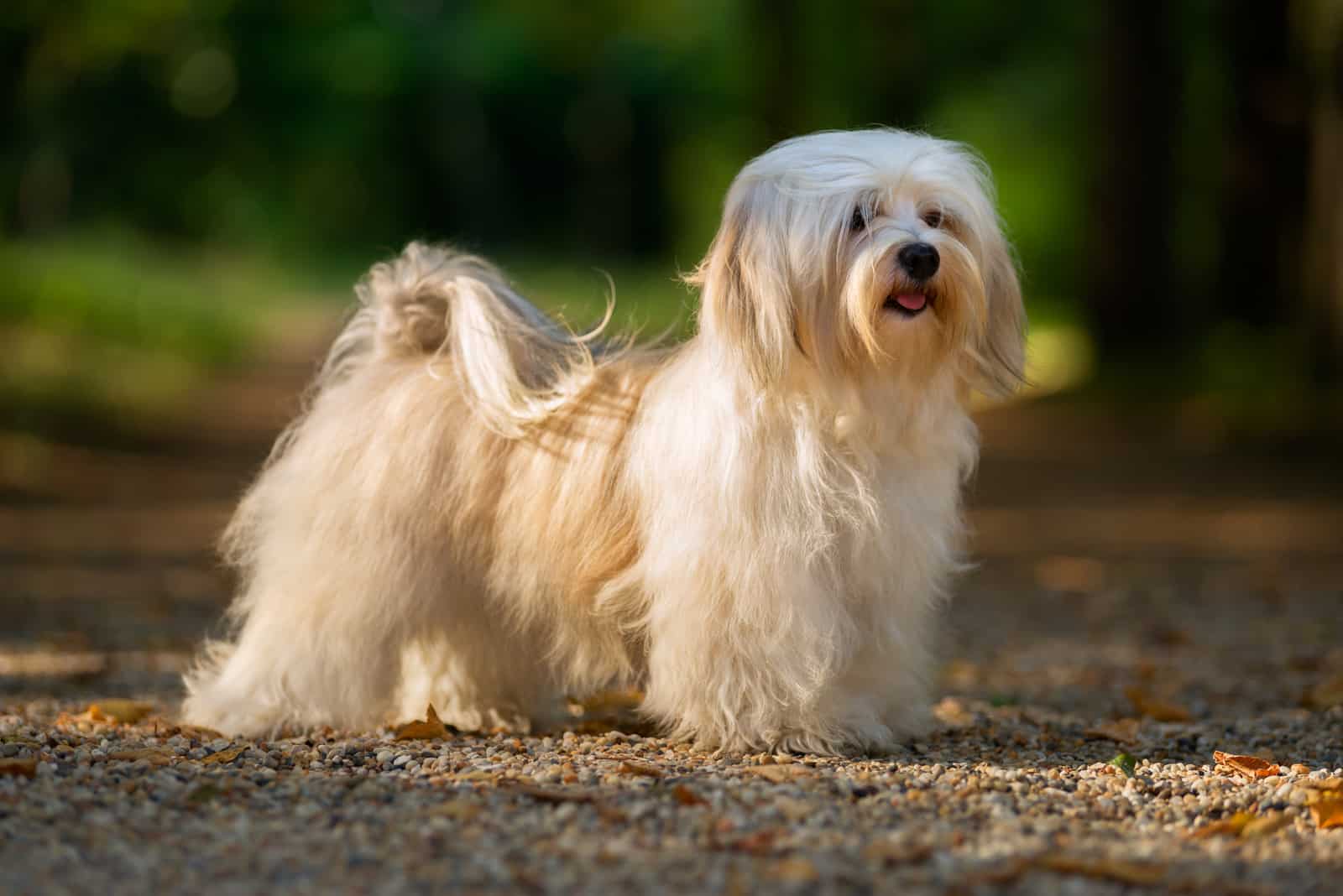
The Cream Havanese is a variation of the brown Havanese. Interesting, isn‘t it? They look a bit like a white Havanese that is not clean. But, that’s just the cover.
This Havanese has an off-white shade, golden yellow to light cream color that consists of golden undertones. As the puppy grows, the coat can lighten a little.
8. Red Havanese
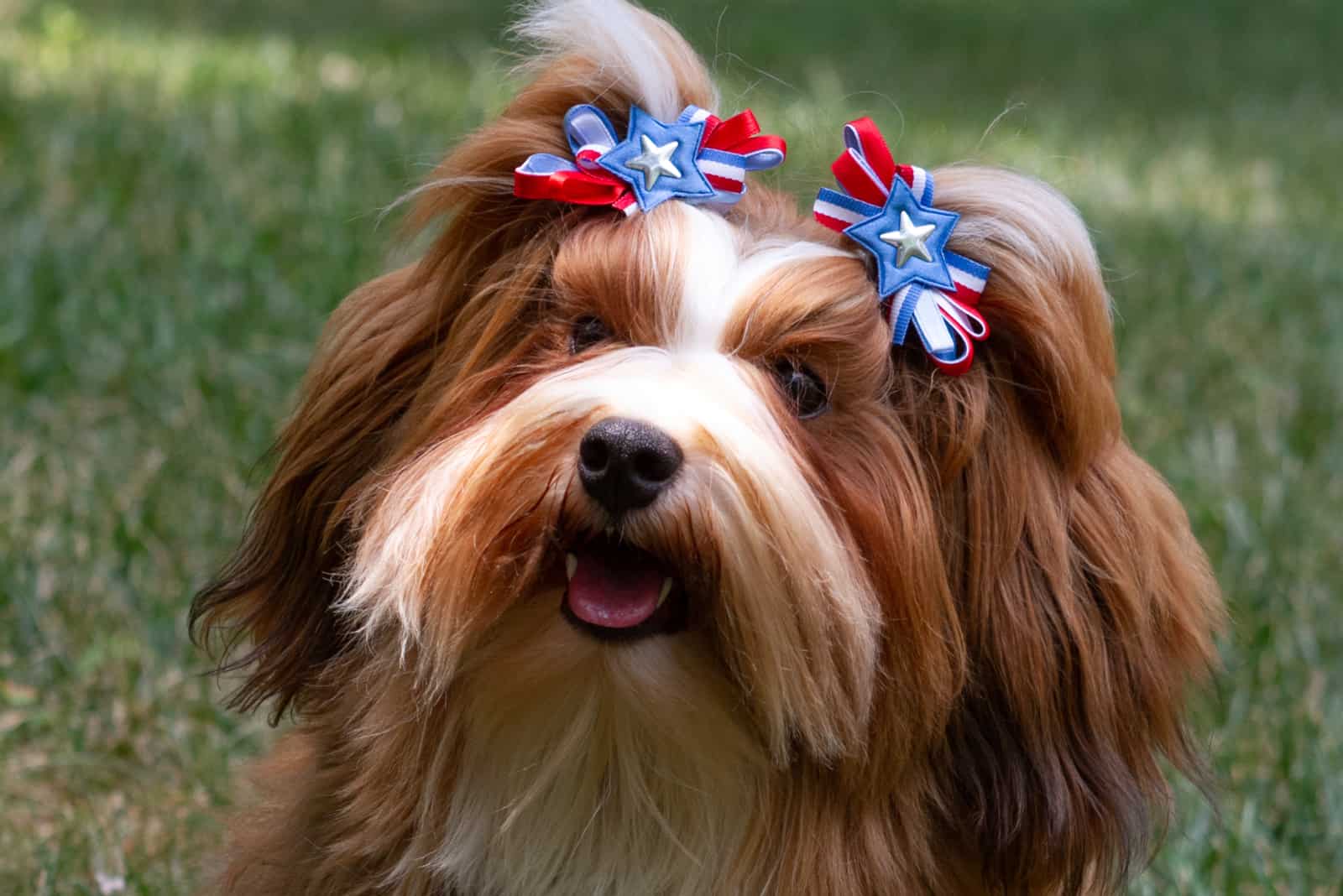
Red Havanese dogs can range from a dark red-brown to an orange color and it spreads all over their body.
The Red Havanese breed can have a really intense red color that might make someone think that the dog has “oxidized”. However, their lighter shade of red gives a reddish-brown look to this Havanese.
The Red Havanese can have markings in light brown and white, and display brighter, or darker red tips than the rest of it. There is also a red brindle Havanese that you may be indifferent to.
Rare Havanese Colors
Some Havanese colors are challenging for breeders because of the recessive genes.
The Havanese parents may have different colors, but they must be carriers of the recessive gene. This is the only way that they can achieve the desired color.
However, there are also modifying genes that can control hair color over time.
But, let’s see what those rare Havanese colors are:
9. Chocolate Havanese
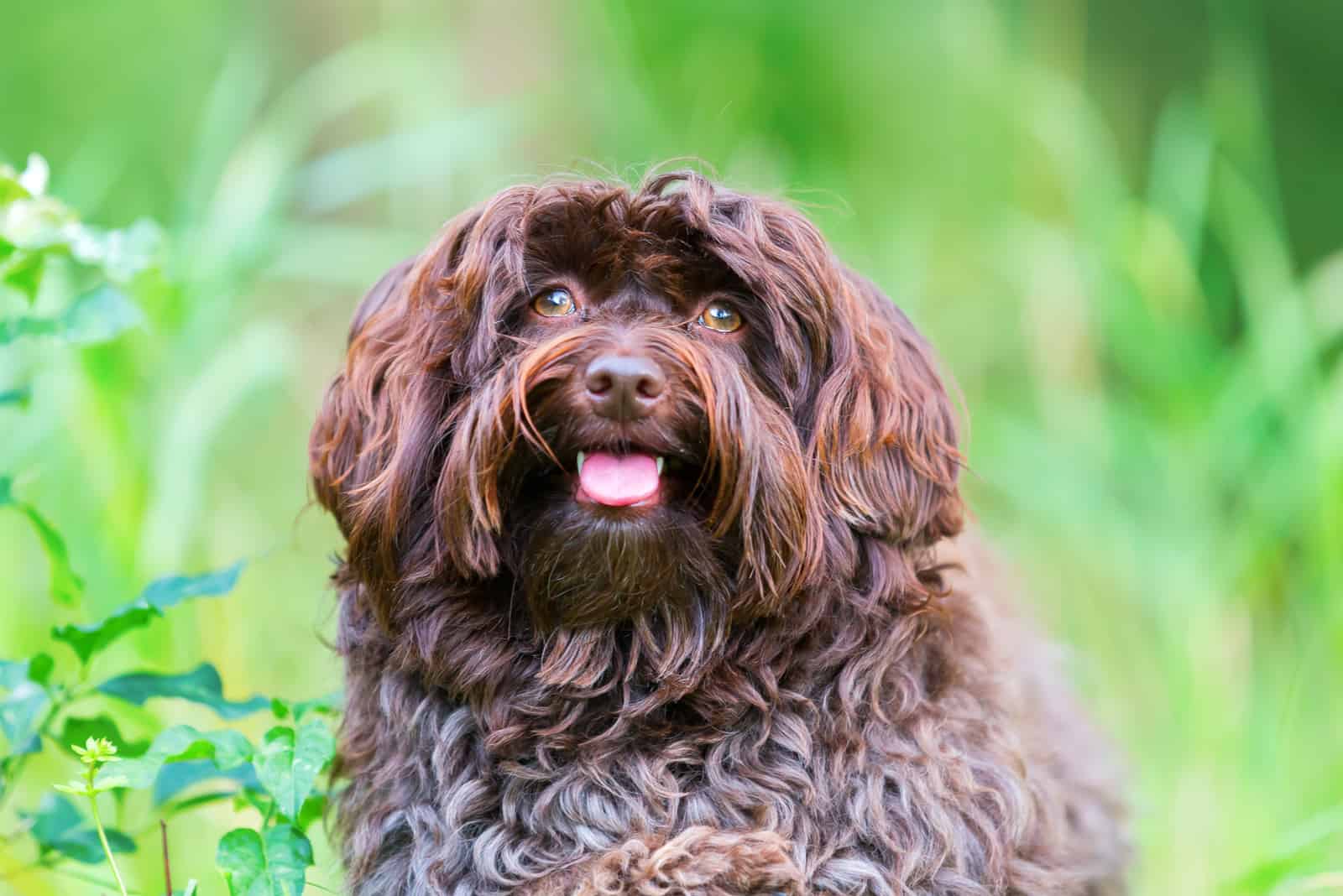
Chocolate Havanese have liver-colored coats. They are known to have chocolate noses and lips as well, and they tend to have green to light yellow eyes. They’re considered standard colored if they don’t have black on their lips, eye rims, and nose.
These chocolate dogs are owners of dark brown coats that have no white, tan, or black markings. However, the color of the coat can change from dark chocolate to milk chocolate. Chocolate Havanese can appear in variations, just like black pigmented Havanese.
Their paws, chest, belly, and face are a bit lighter than the rest of their body and you can notice these changes most in a chocolate Havanese puppy. The chocolate brown color is the shade that they reach by 2 years of age.
There is also a chocolate sable and chocolate brindle variation of a Chocolate Havanese and these steal the show.
10. Brindle Havanese
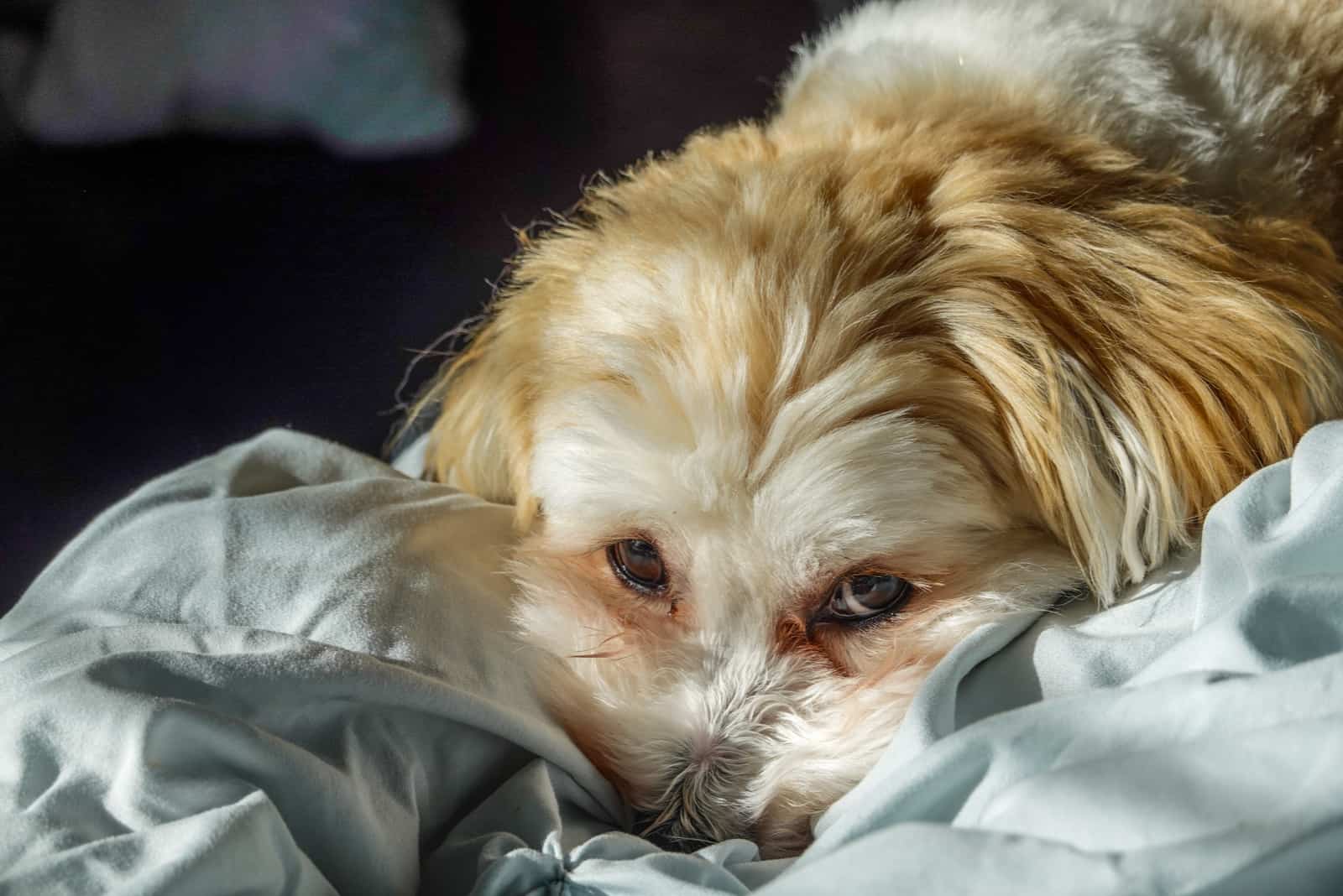
Brindle Havanese are really rare due to their coats that can come in a variety of colors. The brindle gene is not very common in dogs, however, it is important to mention that the genes do not carry health problems for this cutie.
They have dark striped patches on their lighter brown coats. Their long coat mostly covers these patches, so they are not easily visible, but when you trim the brindle Havanese, the beauty comes out.
Brindle Havanese are also seen with patches of gray, red, white, brown, and black, with a sometimes striped appearance.
11. Blue Havanese
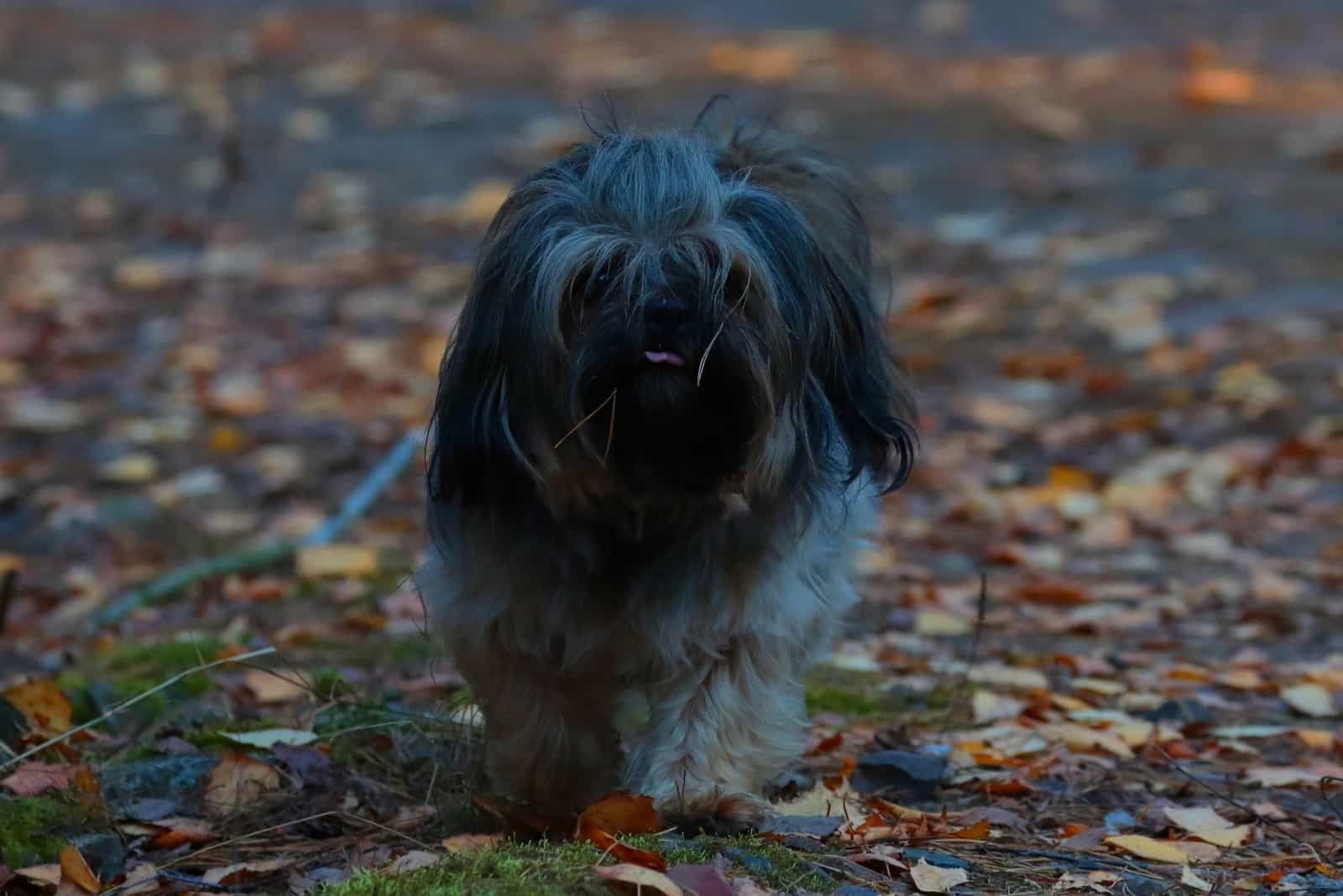
A Blue Havanese is probably the rarest variation when talking about Havanese colors. Why is this so? The dilution genes affect the black genes and produce this wonderful color of Havanese dog.
Their coats are a deep black to a light oxford-gray color. When young, the Havanese puppies are black, but over time, the color gradually changes from black to brown and then to a blue color. The Blue Havanese will probably be black until they reach 1 year of age.
While they are growing, sometimes their coat may look like it’s silver, but it will eventually change to a blue-gray tone.
RELATED: Male Vs. Female Havanese: Which One Is The Best Pet For You?
Havanese Coat Markings
Now that we’ve learned about the standard and rare Havanese colors, let’s see the Havanese dog breed when it is mixed and matched with other colors.
12. Chocolate & White Havanese
White and chocolate Havanese dogs usually have white markings. While most of their coat is chocolate brown, the white patches appear on their paws, chest, neck, and face.
Sometimes, the white hair can extend and take over the chocolate parts of the Havanese coat.
This marking variant is one of the most popular in these variations.
13. Merle Havanese
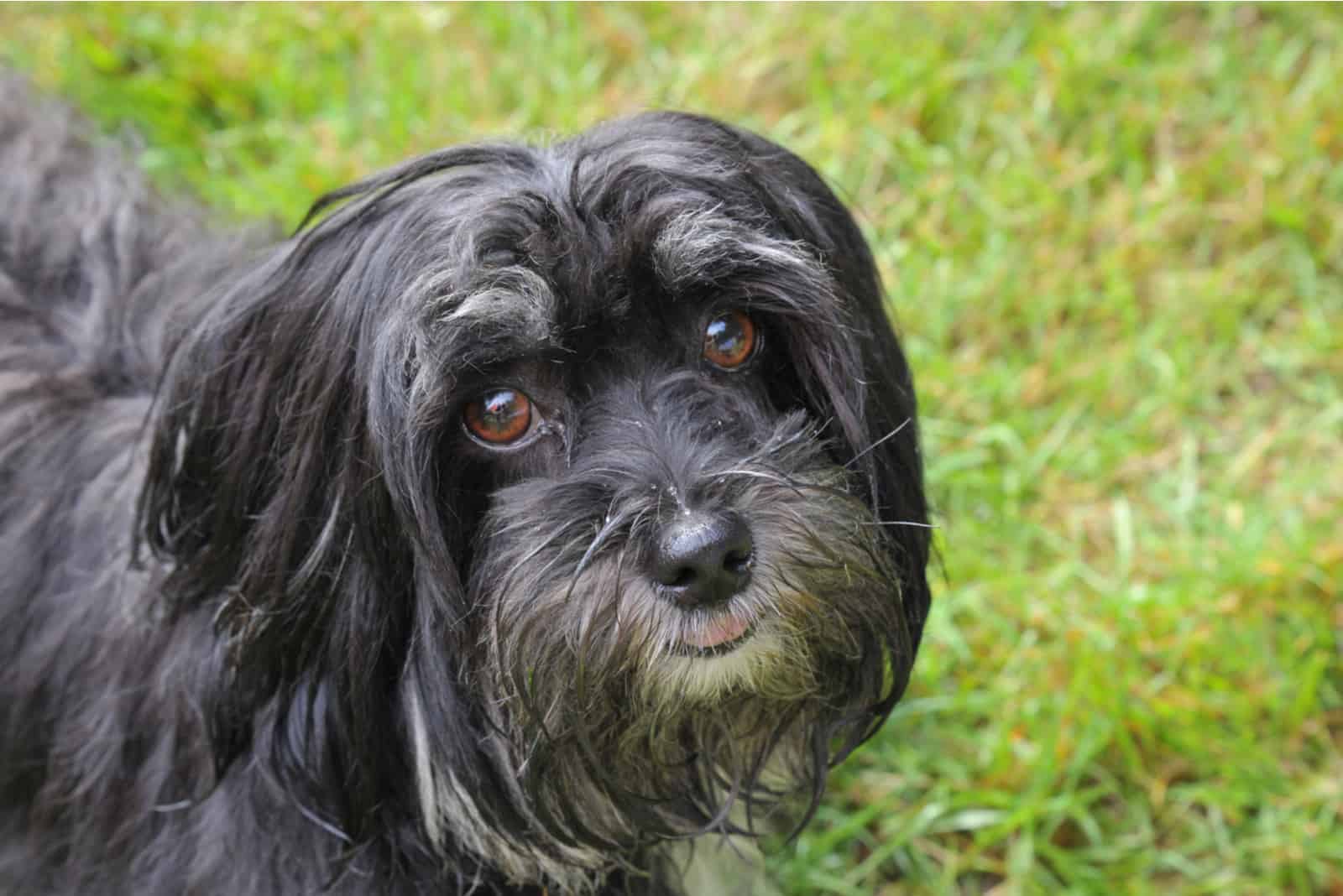
Merle Havanese dogs are usually white, silver, gray, or off-white, and the markings that appear on these Havanese dogs are black, red, or brown mottled patches over the coat. Merle Havanese dogs are special in a way. Their eyes can sometimes be blue in color.
Even though the Merle Havanese dogs are enchanting, the merle modifying gene can cause ear and eye problems with some of these dogs. It can manifest in deafness, blindness, or both.
These health problems are often seen with double merle Havanese dogs.
14. Black & Tan Havanese
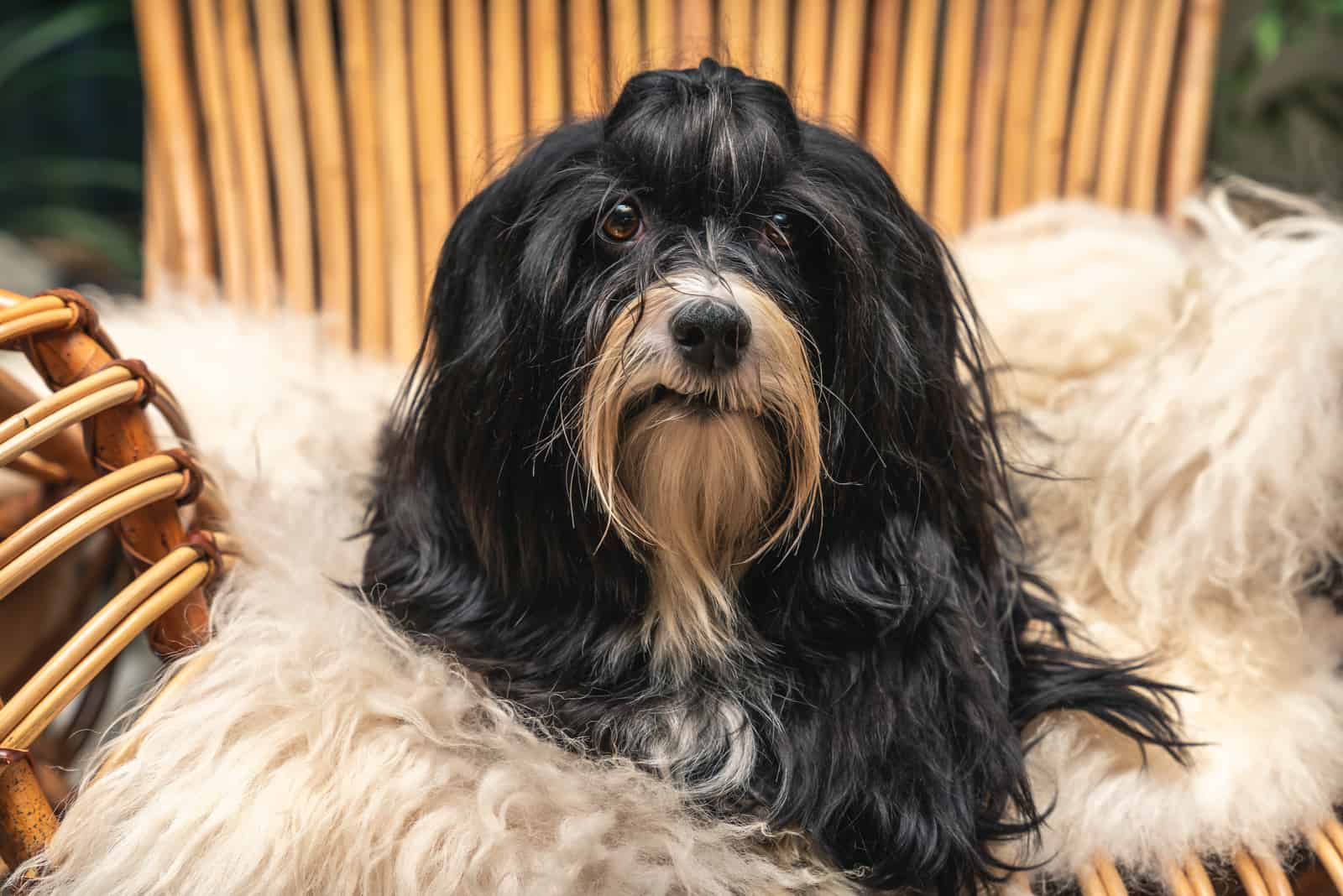
Not only can Dobermans and German Shepherds look great with the black and tan combination, but a black and tan, quite rare Havanese can too!
Their unique coat is mostly black on the tail, limbs, head, and torso, but the tan markings appear on the muzzle and over the eyes. However, tan patches can appear on the paws, neck and fore-chest.
We cannot quite figure out why these dogs are rare, because their coats are impeccable.
RELATED: Doberman vs. German Shepherd: Which One Is The Best Pet?
15. Black & Silver Havanese
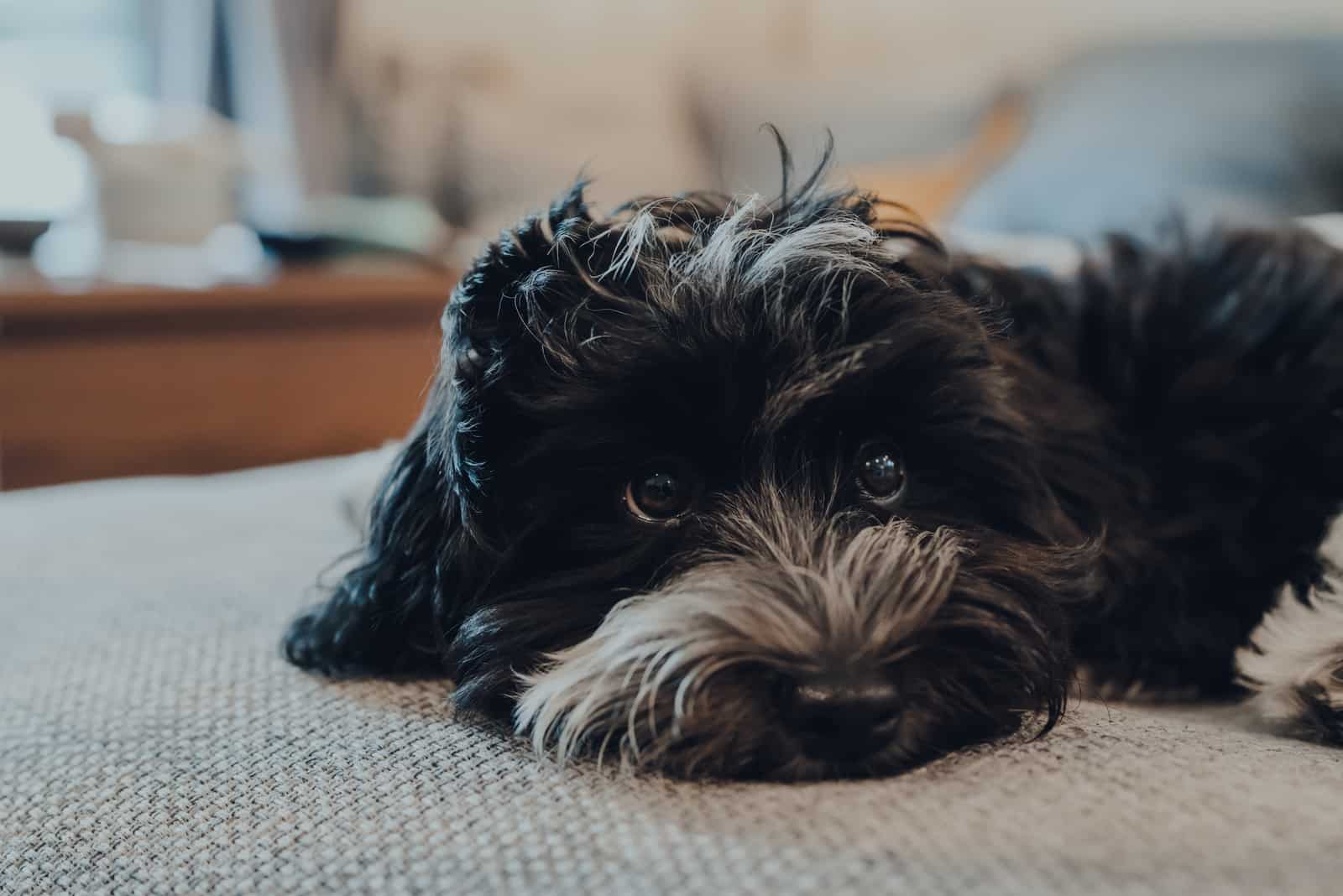
A black and silver color combination is one of the most wide-ranging in the Havanese dog breed. This is why it’s a challenge to group all silver and black Havanese dogs in one pattern.
Commonly, the black and silver Havanese dogs have a black coat with silver patches on their paws and face. In other cases, the black and silver hair can be combined all over the Havanese dog’s body, giving them a dark and ashy style.
16. Tan & White Havanese
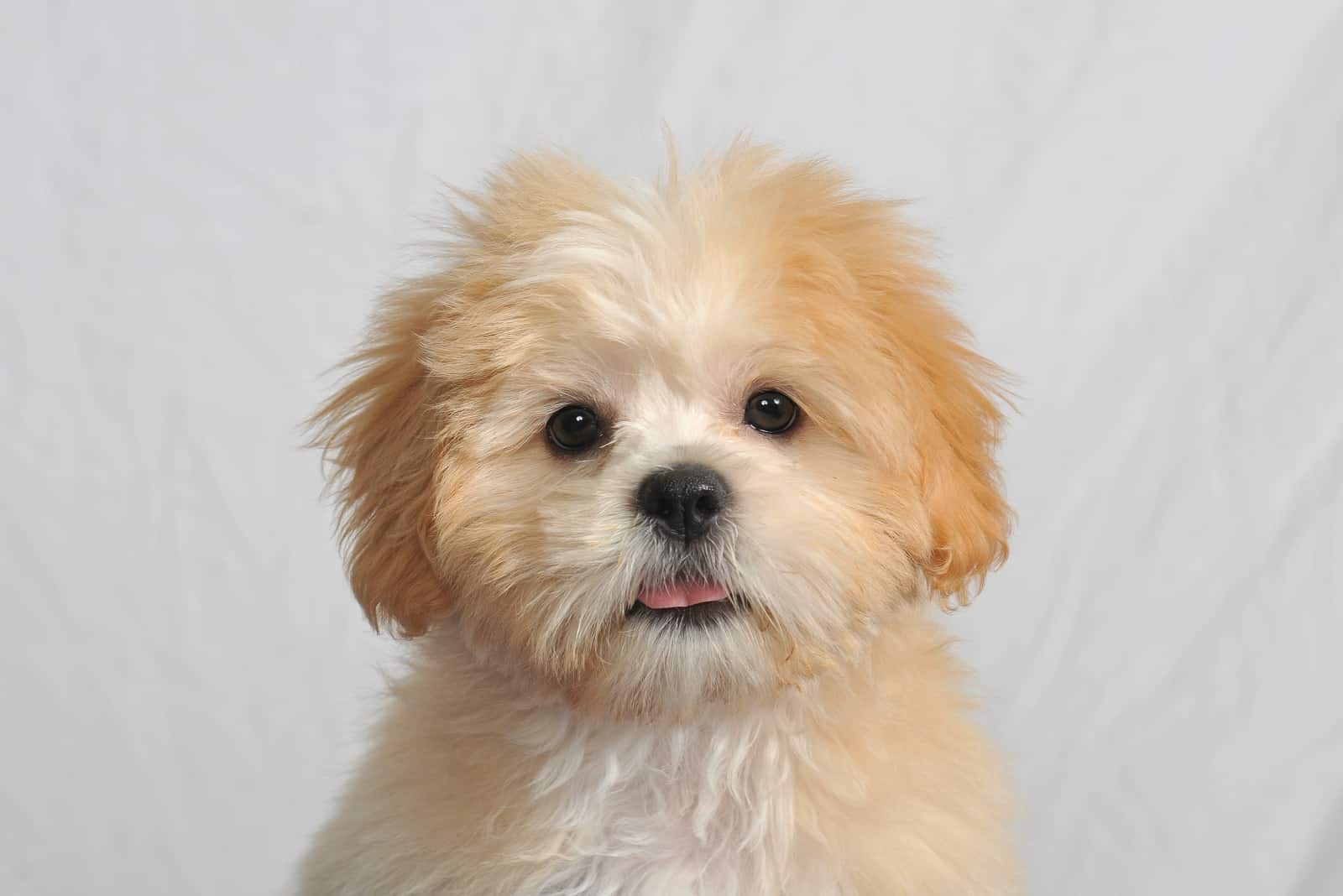
Another Havanese variant that is rare is the tan and white Havanese. This is a bit of a different dog because for the most part, their fur is white.
The tan fur is only on their face, in small patches or patches that spread to the limbs, chest, and belly. That tan shade can vary and be anything from a solid and intense brown to a golden yellow. It depends on the Havanese dog.
17. Silver & White Havanese
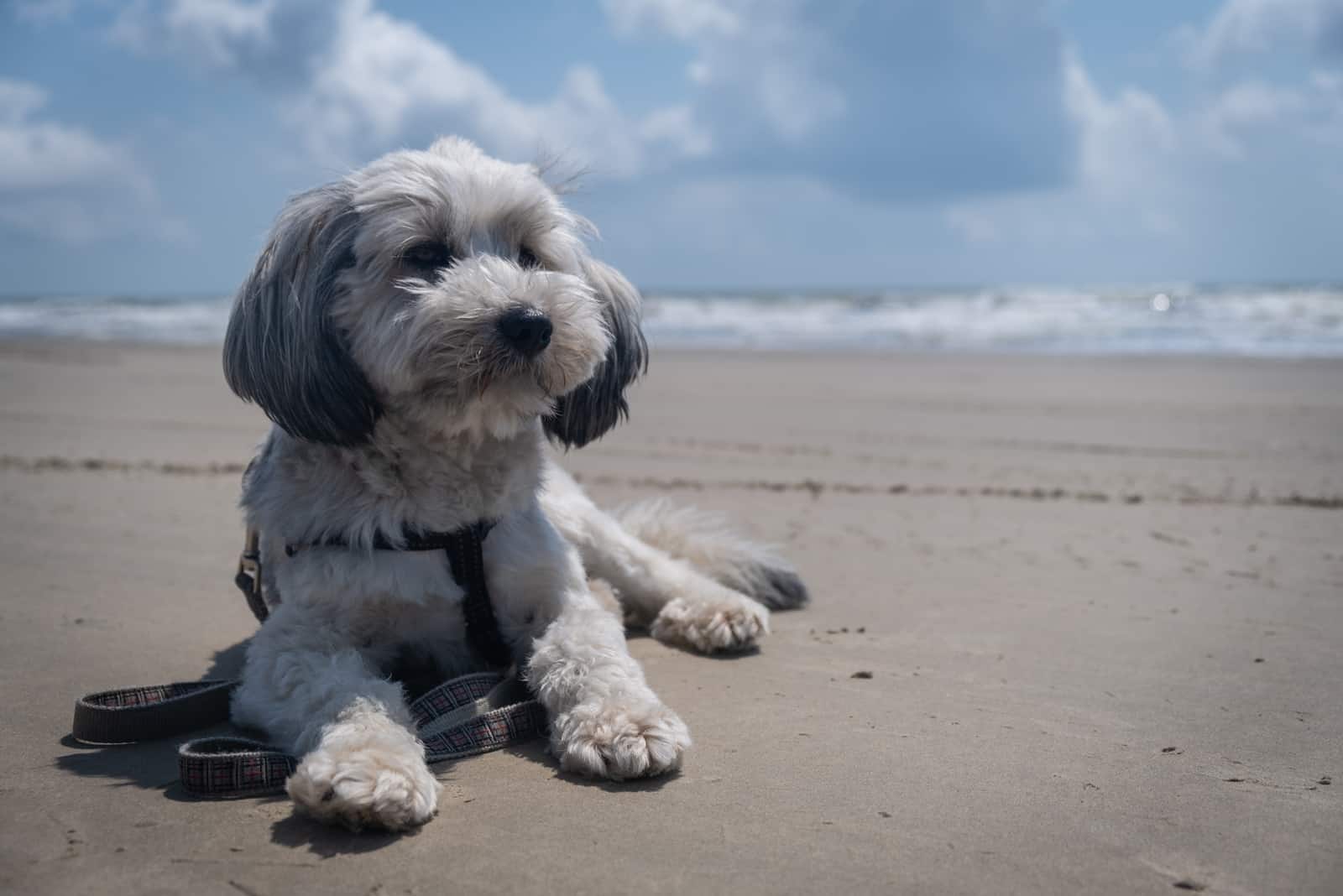
This combination is quite eye-catching. The coat is almost all in a silver-gray color. The part of the body that can be white is given a salt and pepper style, and it looks quite interesting.
Sometimes, you can see almost the same amount of silver and white parts of hair on the Havanese Coat. With this variant, the limbs, chest, neck, and face are covered with white fur.
RELATED: Havanese Growth Chart: How Big Can This Aristocrat Dog Get?
18. Red & White Havanese
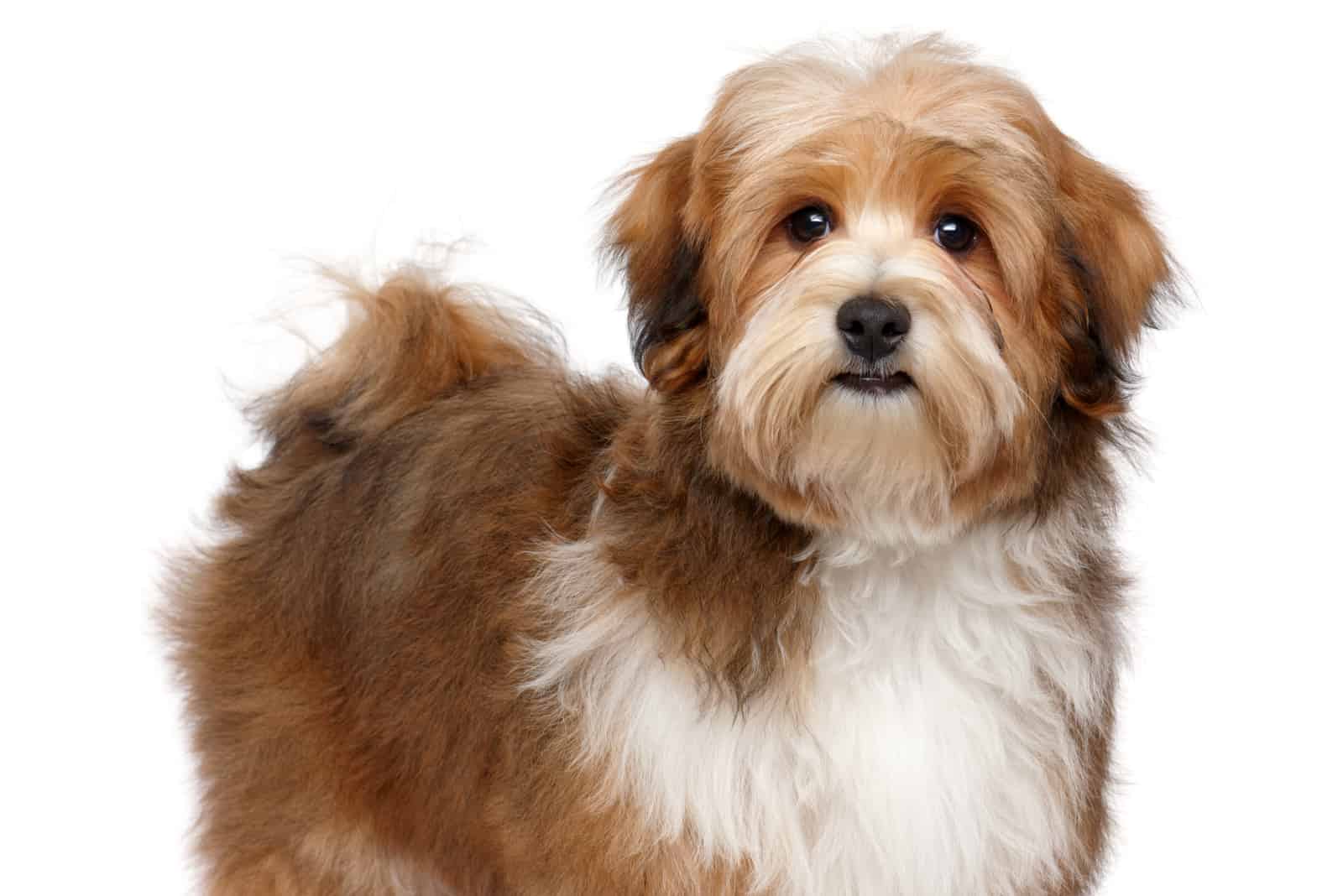
Our fierce Red Havanese is sometimes interrupted by white markings. That’s when you get a red and white Havanese .
Sometimes, you can determine where the markings will appear, they can be predictable and appear on the chest , paws, neck, and face. On the other hand, the patches of white can also appear irregularly and be randomly spread out.
19. Parti Belton Havanese
The Parti Belton is a marking variant of a Havanese that can be difficult to spot. What is a Parti Belton then? This is a Havanese that can have spots of hair in a variety of colors inside the patches of color.
These spots are usually brownish or black and appear on a white coat. Because they appear on white fur, we call it the parti.
Because the Havanese is known for their long strands of hair, these spots are isolated within the white fur and give them a special and unique look
You can check here for the best brush for Havanese in order for your Havanese to be nice and healthy.
20. Irish Pied Havanese
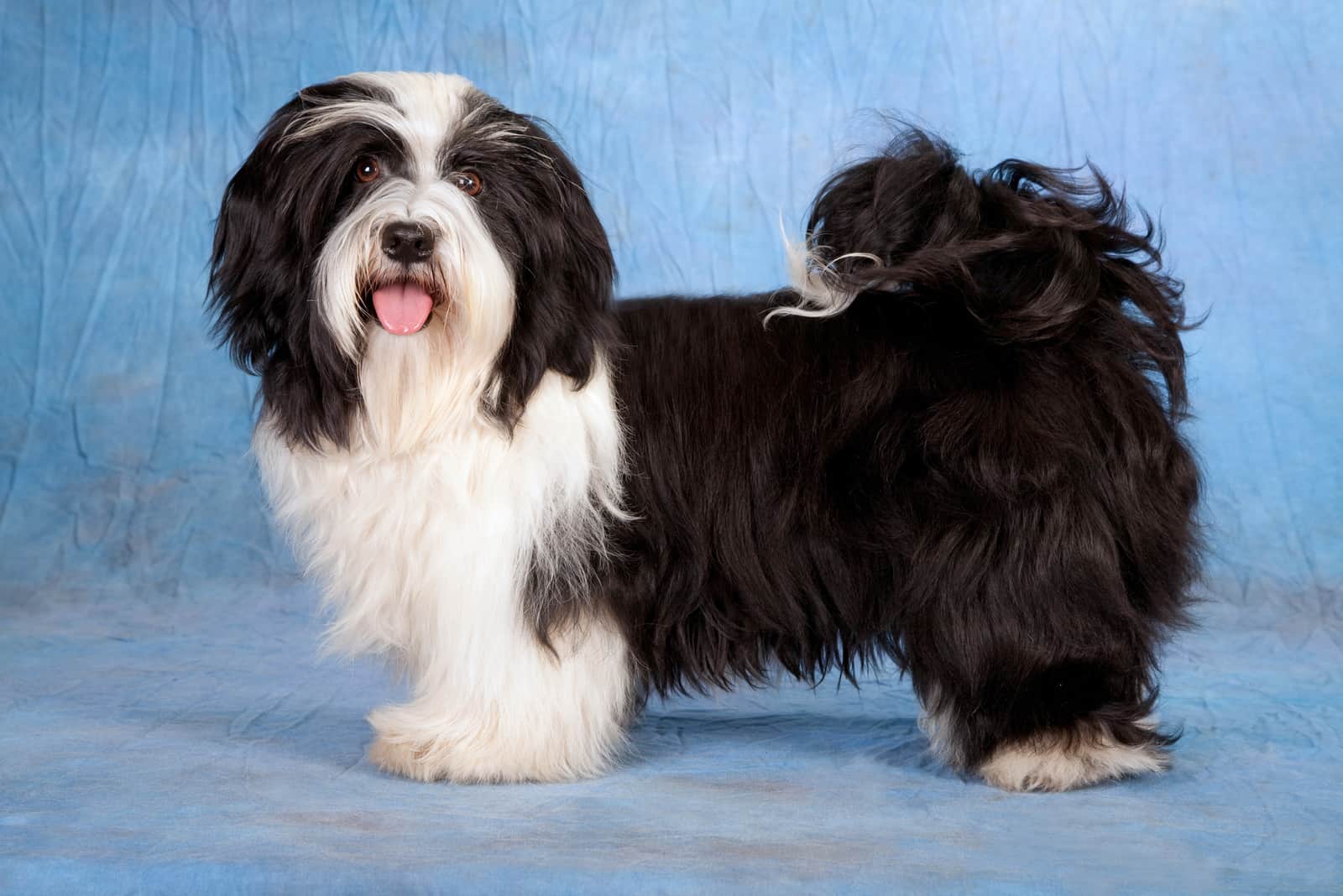
The Irish Pied doggos are often mistaken for other variants. This Havanese dog has white fur on over 50% of their body. When you put it like this, it sounds like the white is the main coat but that is not the case.
However, we cannot determine how much white fur the Irish Pied Havanese will have.
21. Parti-Color Havanese
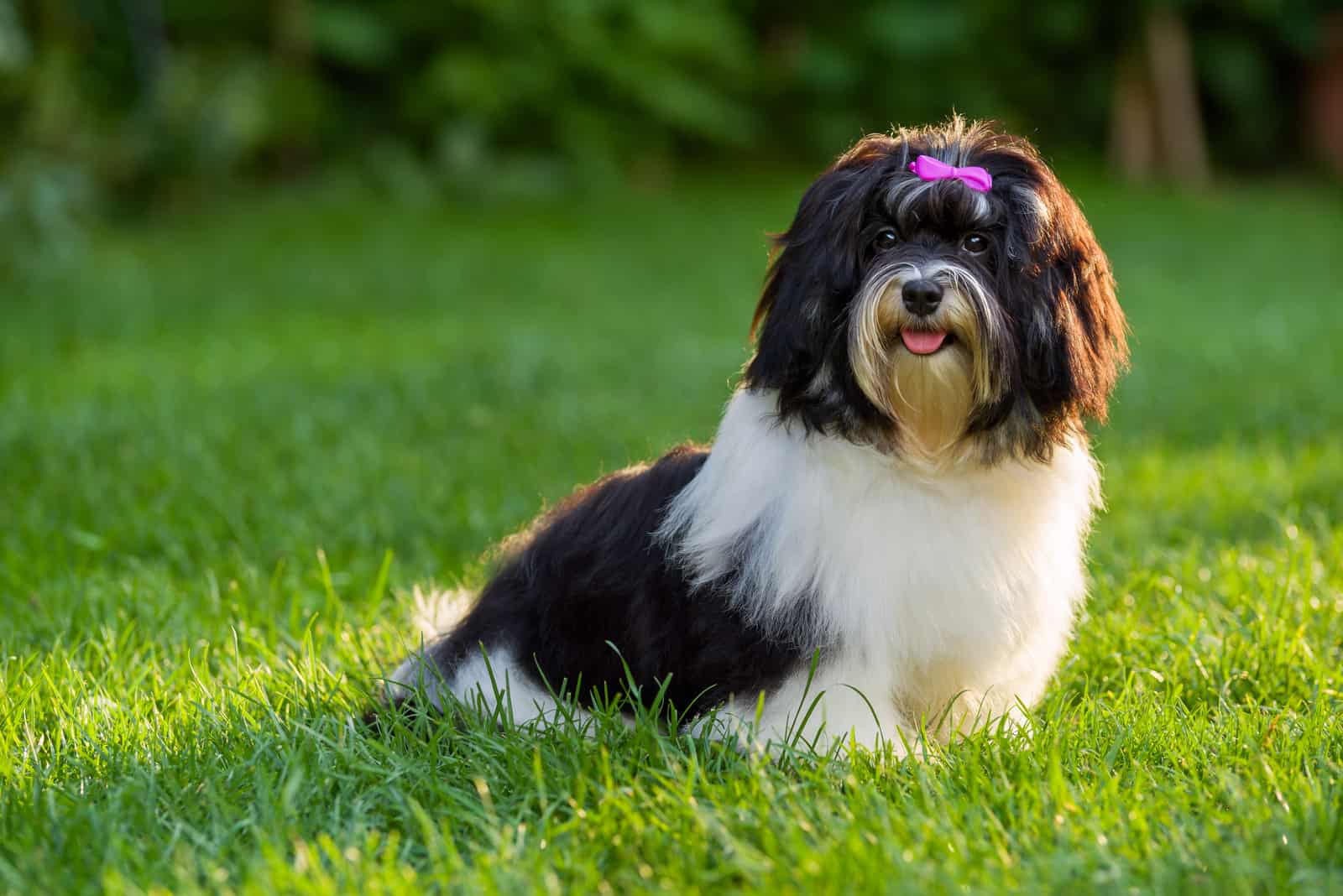
The Parti- Color Havanese is often mistaken for one with white markings, the Parti Belton. The main difference lies in the extent of the body that is covered with white fur. With these pooches, the white fur covers less than 50% of their body.
Nonetheless, the part that is covered is much wider than it is on the Havanese that has simple white patches.
This parti-color Havanese is another Havanese dog on which we cannot predict their white markings.
22. Havanese With White Markings
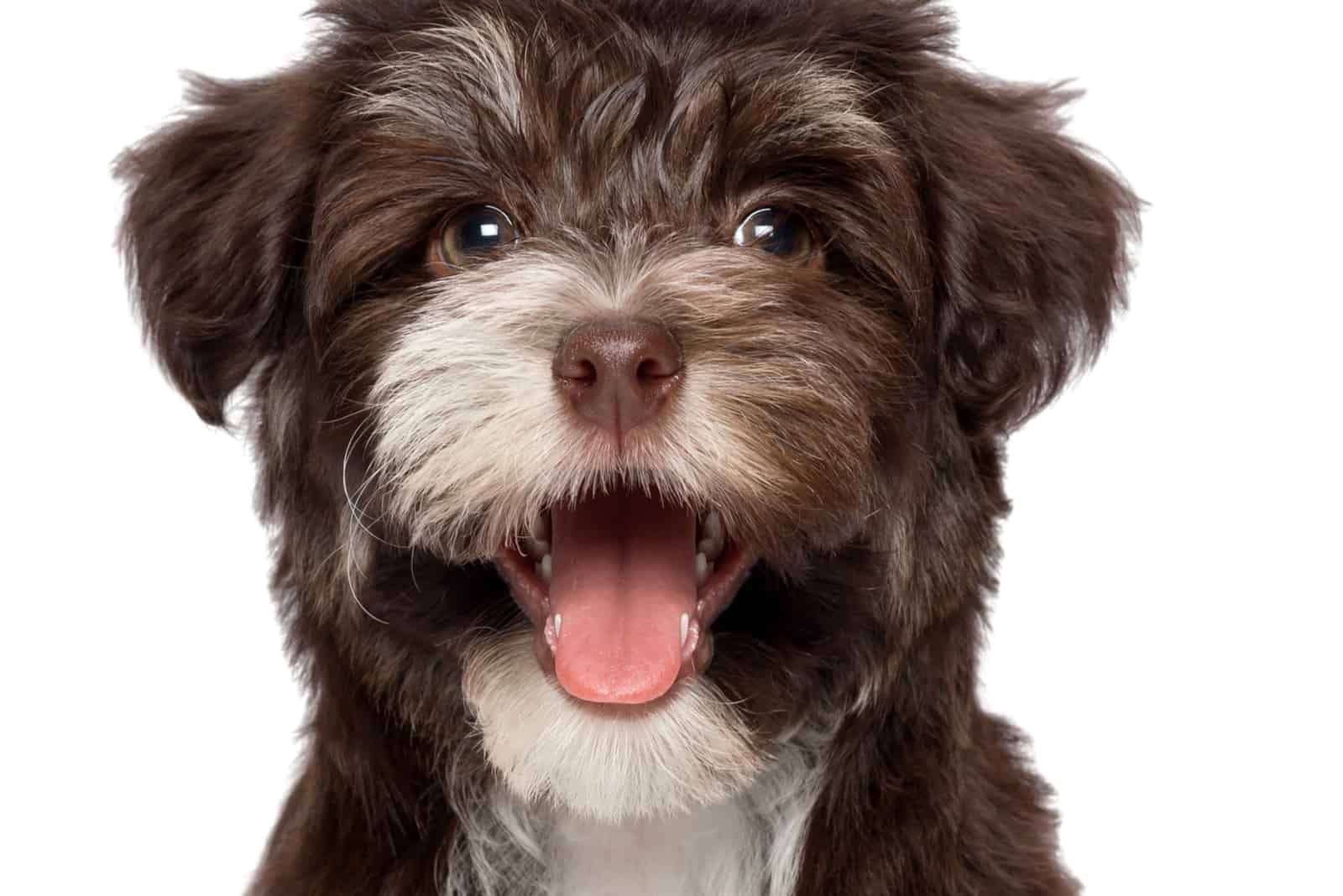
Havanese with white markings often have lower or more forward facing marks on the body of the Havanese. The white markings cover more parts of their body than their tan or cream patches.
The parts that are covered are often the chest and the neck. In some cases, the white markings can appear on the paws or face too.
Whichever place they chose to appear, one thing is sure, they cover only a minority of the Havanese dog’s body.
23. Havanese With Tan Markings
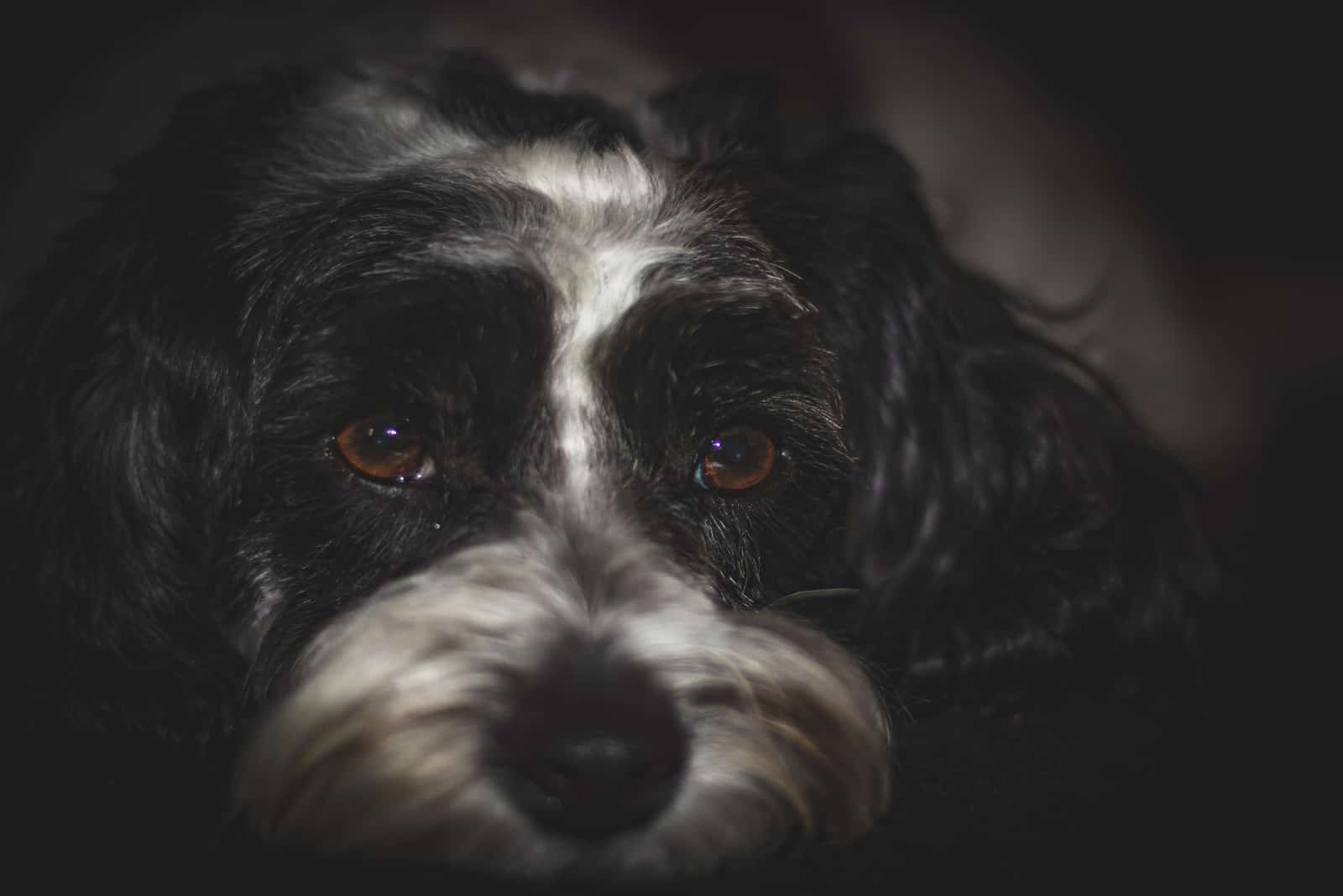
Tan points are other patches that can appear on Havanese dogs. They usually spread over a small area. We can predict where they will appear, they are usually on the face, giving a distinct mask aesthetic.
Tan markings will appear on the muzzle and over each eye, and rarely, but it may happen, they can appear like small tan points on the paws or on the neck.
24. Havanese With Cream Markings
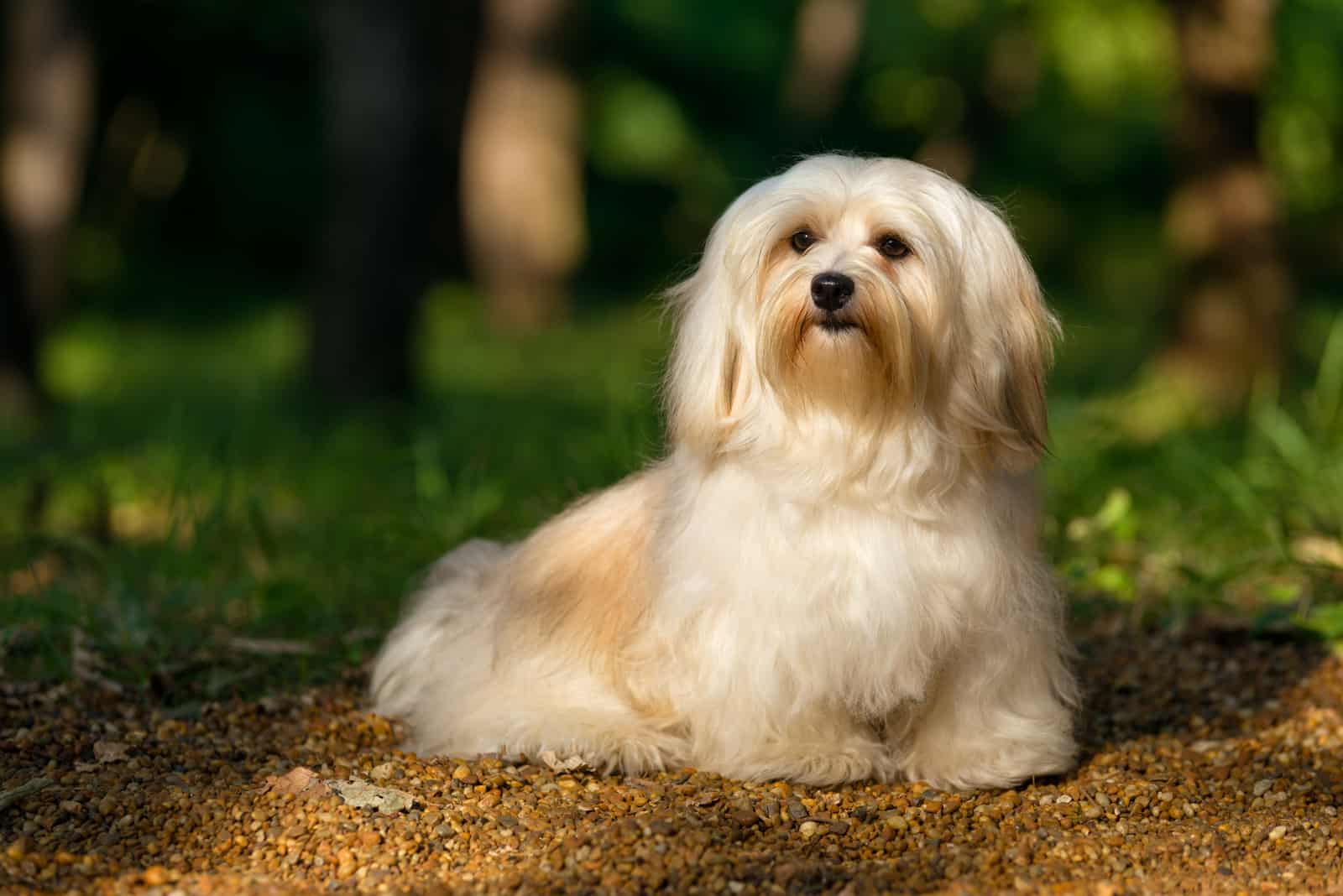
Cream markings are usually found on the white Havanese variants. They don’t cover much of the Havanese coat. They are usually displayed on the face, the neck, the paws, and the tips of the ears.
These cream points can range in shade from one Havanese variant to the other. With some Havanese dogs, the cream markings will be darker and seem like a tan shade, while on the other side, we have Havanese that will have a yellowish shade of cream.
25. Havanese With Silver Markings

And last but not least, is the Havanese with silver markings. This is a unique variant and even professionals can make a mistake when distinguishing this Havanese color.
They are often mistaken for white markings, but that happens because the silver markings have a shiny and bright distribution.
However, if you pay attention and look closely, you can see that the silver markings are more like gray and darker than the white.
These hard-to-distinguish silver markings appear on the paws, neck, and face, but only a tiny bit.
What Is The Most Popular Color Havanese?
Black Havanese are the most popular color Havanese. The black color gives them a silky and glossy shine that everyone is crazy about.
However, the white Havanese, along with silver and cream, are also very popular among Havanese dog breeds.
Do All Havanese Change Colors?
Havanese dogs are known as a breed that has color-changing coats. That means that even though a Havanese is born with one color, while growing up this will fade or lighten into another color.
But not all Havanese colors will change. The black and white coats are probably not going to change, but other Havanese colors are likely to change. This is due to each dog’s specific genes.
Sables, brindles, and merles are going to lighten or fade, and will most likely turn to a gray or silver color.
That being said, not all Havanese change color.
RELATED: Top 6 Havanese Breeders In Ohio: Pupvine’s 2022 List!
To Wrap Up
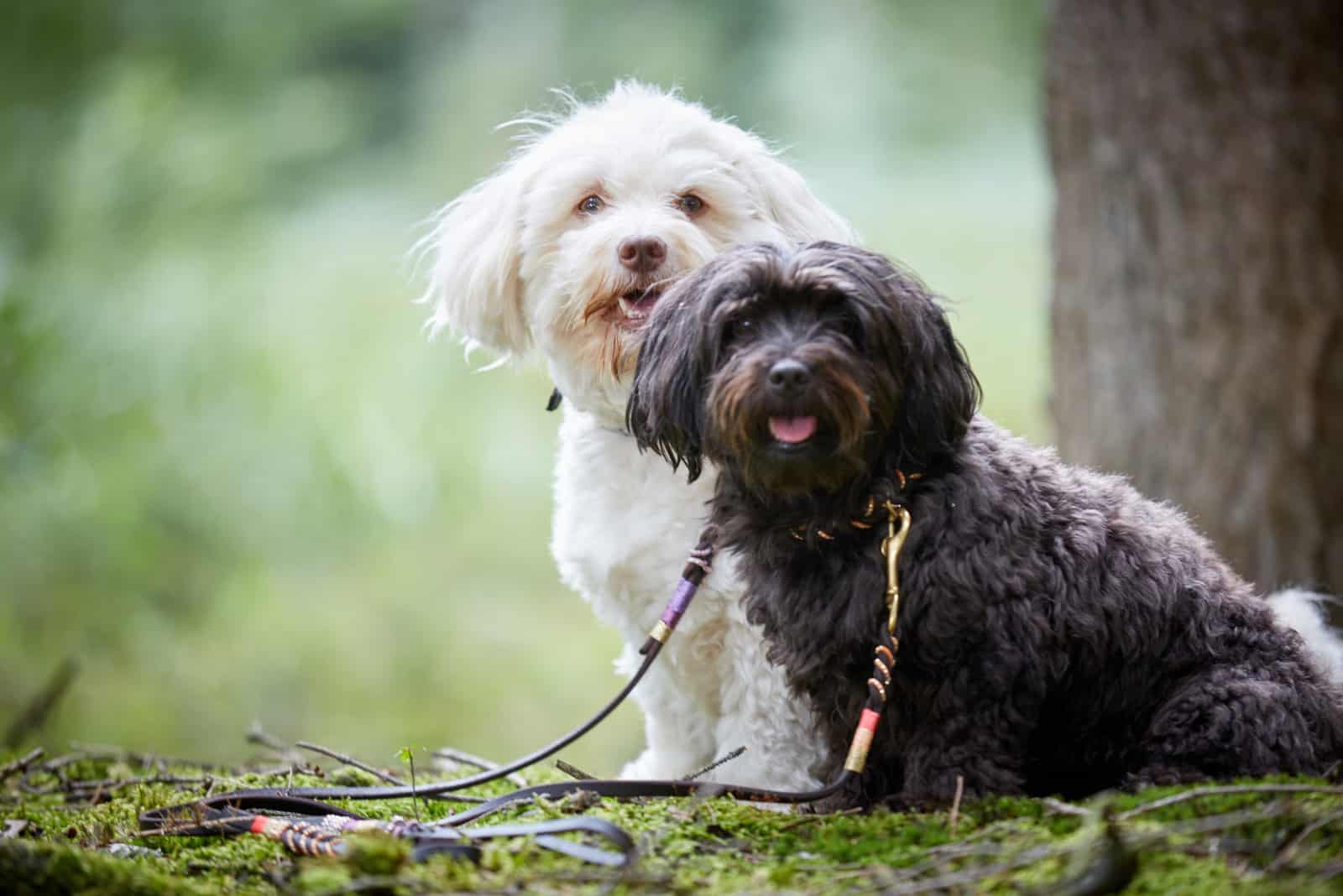
These hypoallergenic Havanese dogs are something worth having in your home. Maybe you desire a specific coat color for your pooch, but bear in mind that some Havanese colors are likely to change, and you may have a completely different Havanese dog when he grows up.
However, the coat color doesn’t affect, by any means, the puppy’s character. It is more important to pay attention to your puppy’s nature and personality, and to try to bring out only the best in them.
Don’t judge a book by its cover.
Related Content
• 15 Best Dog Food For Havanese: Finest Brands For Your Hav
• Maltese Colors Guide: Do They Appear In Shades Other Than White?
